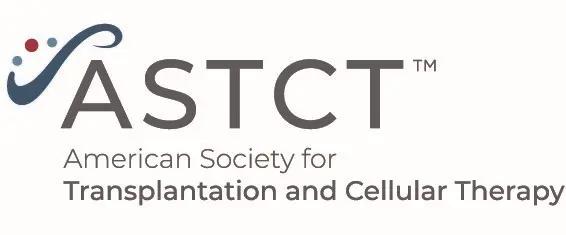Innate lymphoid cells prevent graft-versus-host disease via IL-9-driven T-cell senescence
Researchers have observed that HSC–derived innate lymphoid cells prevent GVHD by inducing interleukin 9 driven T-cell senescence.
Researchers have observed that HSC–derived innate lymphoid cells prevent GVHD by inducing interleukin 9 driven T-cell senescence.

Researchers at the University of Colorado have observed that hematopoietic stem cell (HSC)–derived innate lymphoid cells prevent graft versus host disease (GVHD) by inducing interleukin 9 driven T cell senescence. The team generated ILC2 and ILC3 populations from human and murine HSC, whereby showcasing that these cells curb T cell proliferation while reshaping T cell phenotype. In mixed cultures, T cells exposed to innate lymphoid cells (ILCs) displayed a senescence signature and still produced cytokines – a pattern consistent with reduced proliferative capacity alongside altered effector function. The central mechanism was IL 9 produced by the ILCs, which acted directly on T cells to promote senescence and thereby blunting alloreactive expansion.
To define this mechanism, the investigators profiled surface and intracellular markers of senescence in T cells following ILC contact. Senescence associated receptors CD57, KLRG1, TIGIT, and TIM3 were upregulated, and canonical cell cycle and stress regulators p16, p21, p53, GATA4, and NF kB increased in parallel. Blocking IL 9 overturned the senescence program and restored T cell proliferation, while adding exogenous IL 9 to T cells, ultimately recapitulating the ILC co-culture effects. These data position IL 9 as a necessary and sufficient mediator of ILC induced T cell senescence in vitro, linking an innate lymphoid product to a discrete, druggable cytokine pathway.
The group then tested the function in vivo to demonstrate that adoptive transfer of HSC derived ILCs mitigates GVHD in both human xenogeneic and murine allogeneic transplantation models, with tissue T cells exhibiting senescence features that paralleled the in vitro readouts. Together, the findings suggest a therapeutic concept in which manufactured ILC products, or targeted activation of the IL 9 axis, could control pathologic alloreactivity following transplantation while preserving overall immune reconstitution. However, translation will require careful dosing and safety studies, since enforced senescence might carry infectious risk or affect antitumor immunity. With that said, this study introduces a clear cell-based strategy to prevent GVHD by down turning T cell proliferation at its source.
Reference
Tufa DM, Hoffmeyer E, Schaller KL, et al. Innate lymphoid cells prevent graft-versus-host disease via IL-9-driven T-cell senescence. Blood. Published online September 4, 2025. doi.org/10.1182/blood.2025028504